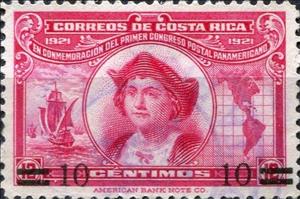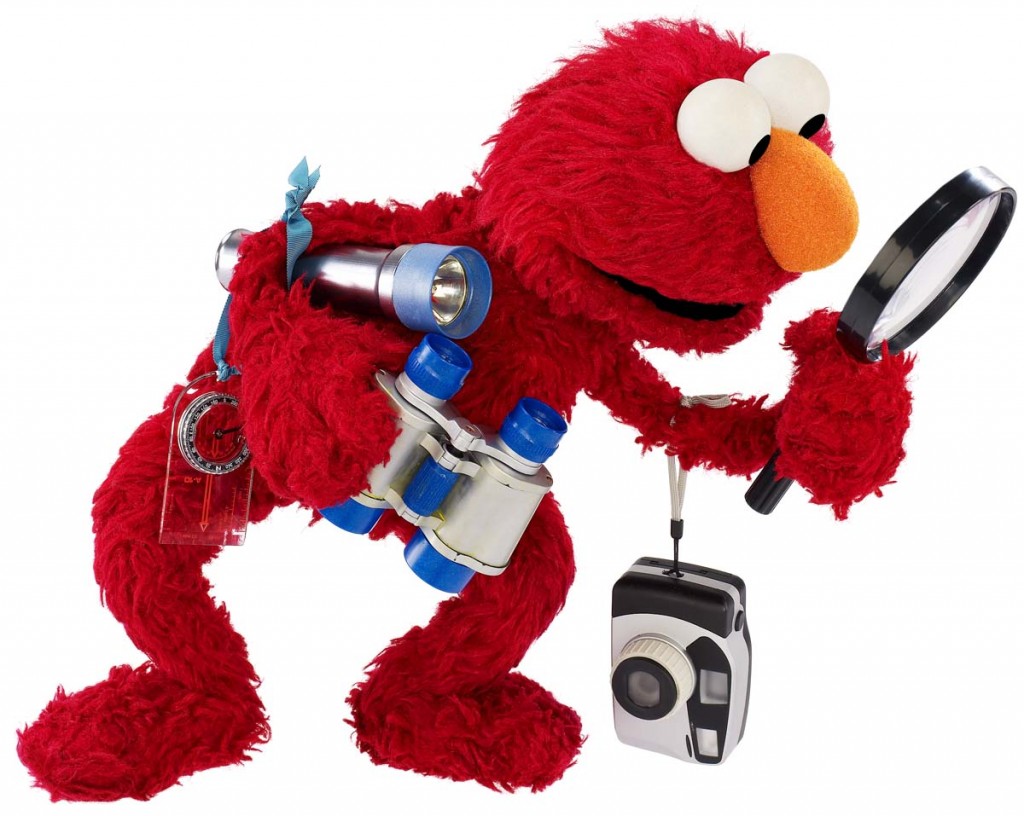Stamp: Christopher Columbus (Costa Rica 1926)
Christopher Columbus (Costa Rica 1926)
01 April (Costa Rica ) within release 1st Pan-American Postal Congress, Buenos Aires goes into circulation Stamp Christopher Columbus face value 10 Costa Rican céntimo
| Stamp Christopher Columbus in catalogues | |
|---|---|
| Michel: | Mi: CR 134 |
| Stanley Gibbons: | Sg: CR 163 |
Stamp is square format.
Mi:CR 115 surcharged with value between bars|
Data entry completed
56%
|
|
|---|---|
| Stamp Christopher Columbus in digits | |
| Country: | Costa Rica |
| Date: | 1926-04-01 |
| Print: | Recess |
| Perforation: | 12 |
| Emission: | Definitive |
| Format: | Stamp |
| Face Value: | 10 Costa Rican céntimo |
Stamp Christopher Columbus it reflects the thematic directions:
Discovery is the act of detecting something new, or something previously unrecognized as meaningful. Concerning sciences and academic disciplines, discovery is the observation of new phenomena, new actions, or new events and providing new reasoning to explain the knowledge gathered through such observations with previously acquired knowledge from abstract thought and everyday experiences. A discovery may sometimes be based on earlier discoveries, collaborations, or ideas. Some discoveries represent a radical breakthrough in knowledge or technology.
Famous People refers to the fame and public attention accorded by the mass media to individuals or groups or, occasionally, animals, but is usually applied to the persons or groups of people (celebrity couples, families, etc.) themselves who receive such a status of fame and attention. Celebrity status is often associated with wealth (commonly referred to as fame and fortune), while fame often provides opportunities to make money.
A map is a symbolic depiction emphasizing relationships between elements of some space, such as objects, regions, or themes. Many maps are static, fixed to paper or some other durable medium, while others are dynamic or interactive. Although most commonly used to depict geography, maps may represent any space, real or imagined, without regard to context or scale, such as in brain mapping, DNA mapping, or computer network topology mapping. The space being mapped may be two dimensional, such as the surface of the earth, three dimensional, such as the interior of the earth, or even more abstract spaces of any dimension, such as arise in modeling phenomena having many independent variables. Although the earliest maps known are of the heavens, geographic maps of territory have a very long tradition and exist from ancient times. The word "map" comes from the medieval Latin Mappa mundi, wherein mappa meant napkin or cloth and mundi the world. Thus, "map" became the shortened term referring to a two-dimensional representation of the surface of the world.
A ship is a large watercraft that travels the world's oceans and other sufficiently deep waterways, carrying passengers or goods, or in support of specialized missions, such as defense, research and fishing. Historically, a "ship" was a sailing vessel with at least three square-rigged masts and a full bowsprit. Ships are generally distinguished from boats, based on size, shape and load capacity.




